Architecture
Building Components
How to Choose the Right Weatherboard Material for Your Home
Do you know your shiplap from your classic, your fibre cement from your vinyl? Here's how to select the right weatherboard for your home
Weatherboard cladding has been synonymous with Australian home design since the first European settlers began building on our shores. Weatherboards adorn our classic Australian beach shacks, our large Queenslanders, and our worker’s cottages. But did you know that weatherboards have come a very long way since the first builds, in terms of design and the material used? In fact, many of the materials available these days need little or no maintenance, helping to add to the appeal of using weatherboard in contemporary homes.
So before you slap any old cladding onto your renovation or new build, take a look at what materials are available and how they can benefit your home.
So before you slap any old cladding onto your renovation or new build, take a look at what materials are available and how they can benefit your home.
The Two Main Types of Weatherboard
Classic weatherboard
These have a wedge profile that is overlapped to form a weatherproof cladding. The wedge shape is simple to cut from raw timber and allows the boards to be overlapped without progressively adding to the thickness of the wall. Because of its ease of manufacture, wedge-shaped weatherboards are the traditional form of cladding used throughout Australia.
Installation of classic weatherboards begins at the base of the wall and moves upward, with each subsequent board overlapping the previous. Nails are driven through both the thin end of the board underneath and then hidden by the board which is installed over.
Because of their wedge shape, classic weatherboards cannot be easily mitred or joined, and they do present detailing challenges. Usually the termination of this type of weatherboard is handled with a corner piece or elements such as window or door frames.
Shiplap
Shiplap weatherboards have a more complex tongue-and-groove shape that allows for the installation of a flat, weatherproof cladding. Shiplap boards are flat planks with the tongue and groove components of the board cut in such a way that allows a thin reveal to maintain the horizontal banding that is so important to the appearance of weatherboards.
In most cases, the installation of shiplap weatherboards starts at the bottom of the wall and works upwards. Nails are driven through the tongue of each board before the upper board is slotted into place. The tongue-and-groove system will normally be designed so that the upper board covers the nails of the lower board, ensuring the nail fixings are concealed and protected.
Because shiplap boards are flat, they can be easily mitred or scarfed into long lengths to ensure long, smooth and contemporary horizontal lines. The flexibility in detailing allows shiplap to be terminated in a variety of details.
Classic weatherboard
These have a wedge profile that is overlapped to form a weatherproof cladding. The wedge shape is simple to cut from raw timber and allows the boards to be overlapped without progressively adding to the thickness of the wall. Because of its ease of manufacture, wedge-shaped weatherboards are the traditional form of cladding used throughout Australia.
Installation of classic weatherboards begins at the base of the wall and moves upward, with each subsequent board overlapping the previous. Nails are driven through both the thin end of the board underneath and then hidden by the board which is installed over.
Because of their wedge shape, classic weatherboards cannot be easily mitred or joined, and they do present detailing challenges. Usually the termination of this type of weatherboard is handled with a corner piece or elements such as window or door frames.
Shiplap
Shiplap weatherboards have a more complex tongue-and-groove shape that allows for the installation of a flat, weatherproof cladding. Shiplap boards are flat planks with the tongue and groove components of the board cut in such a way that allows a thin reveal to maintain the horizontal banding that is so important to the appearance of weatherboards.
In most cases, the installation of shiplap weatherboards starts at the bottom of the wall and works upwards. Nails are driven through the tongue of each board before the upper board is slotted into place. The tongue-and-groove system will normally be designed so that the upper board covers the nails of the lower board, ensuring the nail fixings are concealed and protected.
Because shiplap boards are flat, they can be easily mitred or scarfed into long lengths to ensure long, smooth and contemporary horizontal lines. The flexibility in detailing allows shiplap to be terminated in a variety of details.
Weatherboard Materials
Weatherboards are a wonderfully durable cladding material that allows us to tie our buildings into our own special architectural heritage, while maintaining the smooth horizontal lines that are a hallmark of contemporary design. Traditionally, weatherboards were cut from locally available timbers, but today advances in building materials have meant that weatherboards are now available in a variety of materials.
Even though weatherboards are available in an almost endless combination of shapes and materials, there is no combination that is clearly better than the rest. Each type of weatherboard has its advantages and disadvantages, and must be chosen according to the unique requirements of each project.
Browse more beautiful images of weatherboard homes
Weatherboards are a wonderfully durable cladding material that allows us to tie our buildings into our own special architectural heritage, while maintaining the smooth horizontal lines that are a hallmark of contemporary design. Traditionally, weatherboards were cut from locally available timbers, but today advances in building materials have meant that weatherboards are now available in a variety of materials.
Even though weatherboards are available in an almost endless combination of shapes and materials, there is no combination that is clearly better than the rest. Each type of weatherboard has its advantages and disadvantages, and must be chosen according to the unique requirements of each project.
Browse more beautiful images of weatherboard homes
Timber
Timber weatherboards are available in a wide variety of shapes, sizes and timber types owing to the relative availability and simplicity of milling equipment.
Timber weatherboards are available in a wide variety of shapes, sizes and timber types owing to the relative availability and simplicity of milling equipment.
- Pros: Installing and working with timber weatherboards is easily achieved with ordinary equipment, and any damage can be easily repaired using fillers and sandpaper.
- Cons: If left untreated, timber boards will grey and split, so they will usually require a coat of primer followed by a finish coat of paint. The end grain of the vertical joints are particularly vulnerable to weather and will need to be carefully treated. Paint will need to be applied every couple of years to ensure the timber is protected. If the timber is coated in a clear sealer it will likely require more regular maintenance.
Fibre cement
Fibre cement is a cement product that is mixed with cellulose fibres to improve its tensile strength. It is a very strong material and is supplied by a number of domestic manufacturers.
5 Must-Dos Before You Hire a Building Contractor
Fibre cement is a cement product that is mixed with cellulose fibres to improve its tensile strength. It is a very strong material and is supplied by a number of domestic manufacturers.
- Pros: Fibre cement is an incredibly durable product that can work really well as weatherboard cladding. It is generally very weather resistant and usually comes pre-primed to accept paint. Paint applied by brush will need redoing periodically, but this will be less critical than for timber.
- Cons: Fibre cement is heavy and can be tough on the hands. It is also very hard and will require a wet masonry saw to cut. Care must be taken not to inhale dust when cutting. Fibre cement weatherboards are also subject to significant thermal expansion and contraction which requires vertical joints that break up the important horizontal lines.
5 Must-Dos Before You Hire a Building Contractor
Metal
Aluminium and steel sheets can be rolled into profiles that resemble weatherboards. These are usually coloured using a painting process that ensures a perfect finish and a durability far beyond anything that can be applied with a brush.
Aluminium and steel sheets can be rolled into profiles that resemble weatherboards. These are usually coloured using a painting process that ensures a perfect finish and a durability far beyond anything that can be applied with a brush.
- Pros: Metal weatherboards can be overlapped horizontally to give the impression of long continuous bands, while still absorbing thermal expansion and contraction.
- Cons: Metal weatherboards are very difficult to work with because they are sharp and must be carefully cut using a good metal saw. Some filing may also be necessary to clean up the edges.
Vinyl
Vinyl is used to make weatherboards because it is light, UV-resistant and durable. This type of weatherboard is used extensively throughout the USA and is generally imported into Australia.
Innovation Alert: Vinyl Window Frames
Vinyl is used to make weatherboards because it is light, UV-resistant and durable. This type of weatherboard is used extensively throughout the USA and is generally imported into Australia.
- Pros: Vinyl weatherboards are coloured throughout and require no paint or much additional maintenance. They are also easy to cut and drill using conventional tools, but they can be difficult to join. In most cases the manufacturer will have jointing methods available.
- Cons: Vinyl is a soft material that can scratch easily and there are no options for a smooth finish – all have wood grain to disguise any marks. It also may fade over time and cannot easily be painted.
Innovation Alert: Vinyl Window Frames
Composite timber
Wood composite weatherboards are similar to the composite decking popular for outdoor decks. The composite material usually consists of cellulose fibres that are bound together with a synthetic resin. The resultant material is very durable, weather-resistant and usually highly UV-resistant.
Wood composite weatherboards are similar to the composite decking popular for outdoor decks. The composite material usually consists of cellulose fibres that are bound together with a synthetic resin. The resultant material is very durable, weather-resistant and usually highly UV-resistant.
- Pros: Composite weatherboards tend to have an integral colour and require no paint, although some may need sealing every couple of years. They are easily sawn using conventional wood saws, but can be a little brittle when being screwed, requiring a pilot hole to be drilled. They are easily glued and can be mitred in the same way timber boards can.
- Cons: Wood composite is usually the most expensive weatherboard material. They can also be heavy and need to be installed in a way that ensures thermal movement is accommodated.
Your turn
Do you have a weatherboard house? Which material have you used and would you recommend it? Let us know in the Comments below, like this story, save it, and join the conversation.
More
Building a Home: 10 Decisions You Will Never Regret
Do you have a weatherboard house? Which material have you used and would you recommend it? Let us know in the Comments below, like this story, save it, and join the conversation.
More
Building a Home: 10 Decisions You Will Never Regret
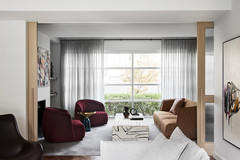





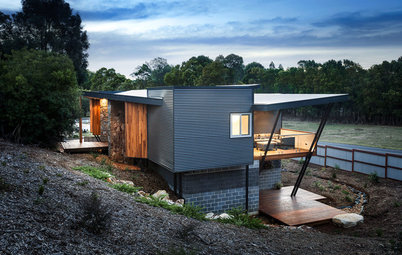
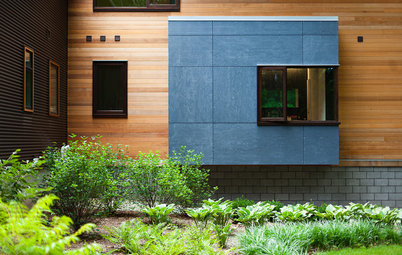

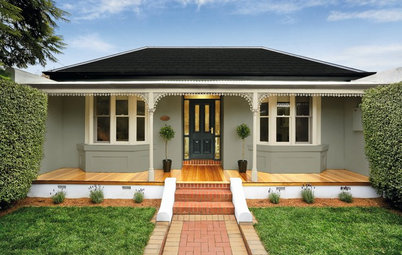
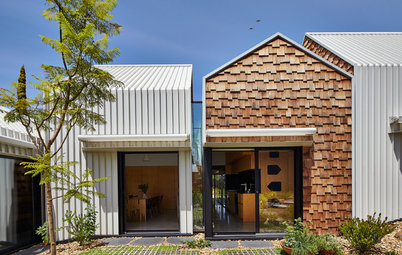
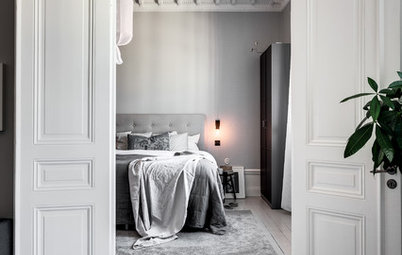
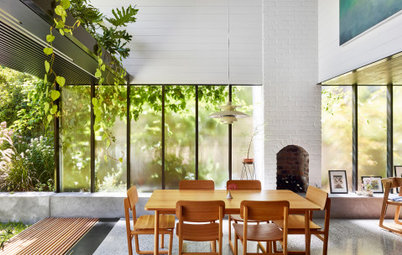
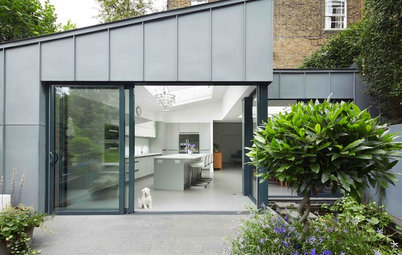
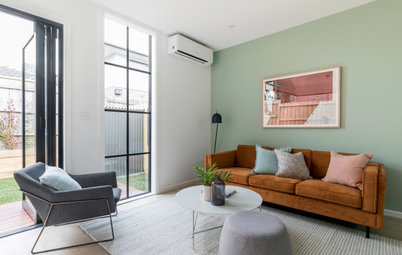
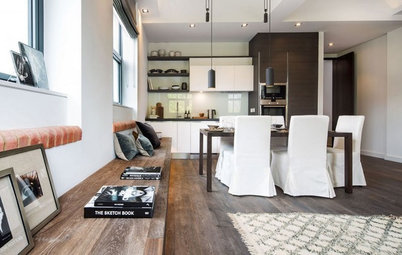
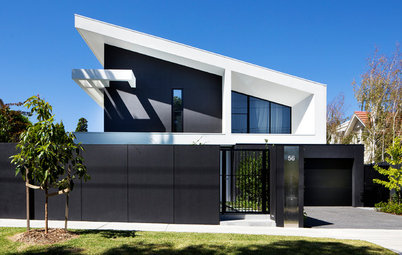

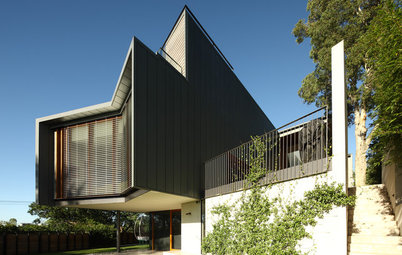
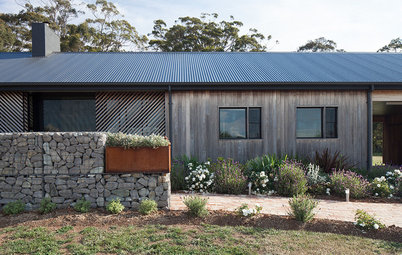
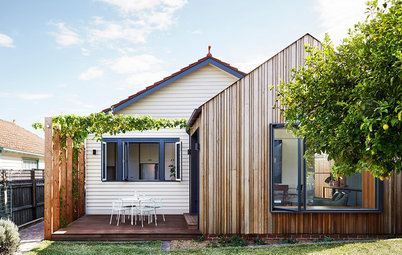
Find a builder near you on Houzz, read reviews of their work and browse images